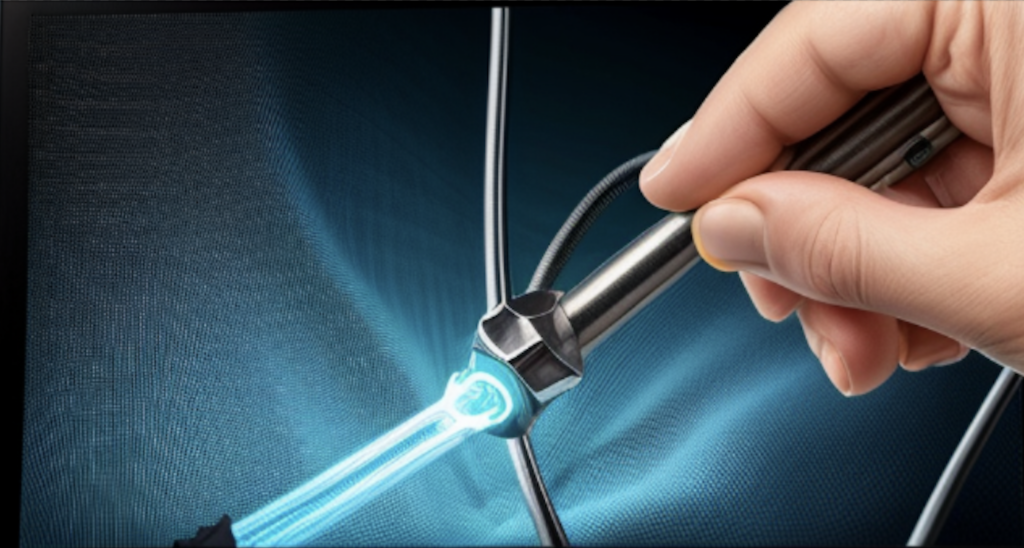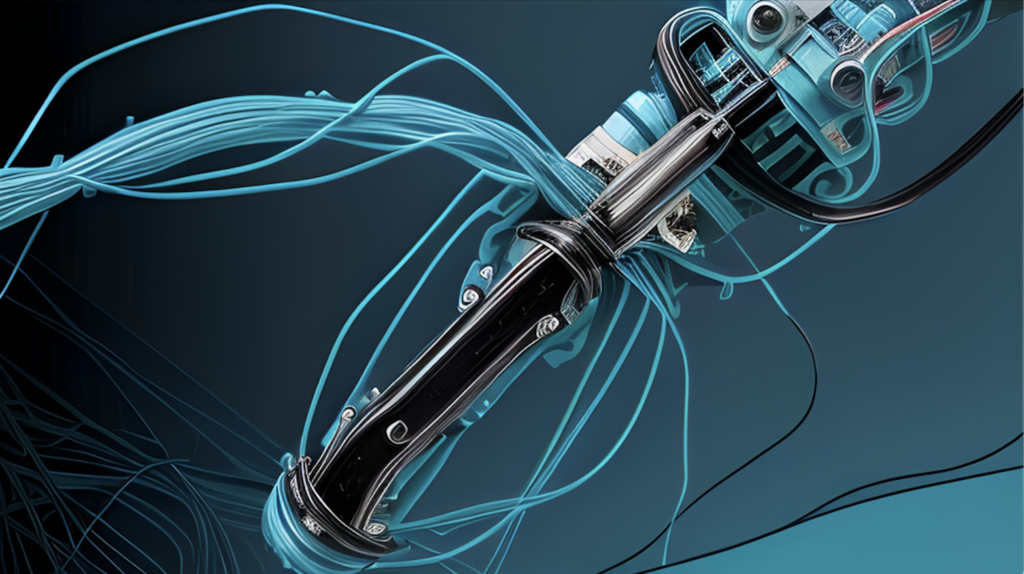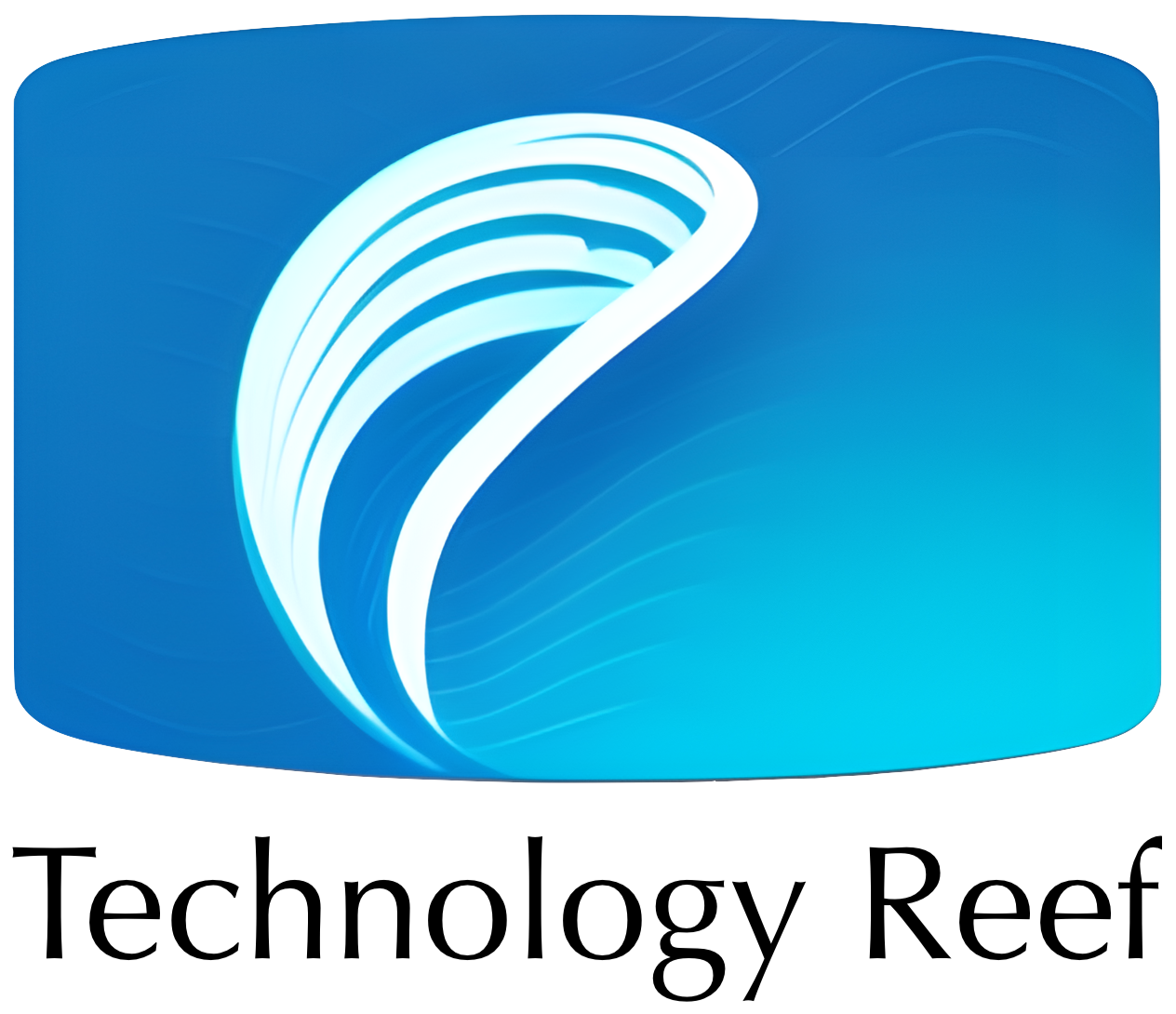Our technologies help overcome modern challenges
Mega trends shape our world
Our world changes rapidly and on a global scale. Scientists identified mega trends that are the deep currents of change: They last several decades, have an impact on all areas of life, and are global phenomena. They are multi-layered or multi-dimensional and they interact with one another. According to the Future Institute, among those mega trends are:
- Connectivity: Networking and communication based on digital infrastructures fundamentally change the way we live, interact and work. The dominant basic pattern of social change in the 21st century.
- New Work: A change in the way we (want to) work and collaborate. The question of meaning is coming to the fore. Boundaries between life and work are increasingly blurred, mainly due to a high level of connectivity.
- Knowledge culture: Strongly related to New Work and connectivity. Not only are global education levels higher than ever. Knowledge and the way we deal with it are changing. Value creation. education and collaboration are becoming more digital. Knowledge is becoming increasingly decentralized, vast and deep. At the same time, qualified workers that can handle the knowledge are increasingly scarce, partly due to another mega trend, the increasing age of developed societies.
- Mobility: The emergence of a mobile world culture. The changes are brought about by new products and services that change intensity and use of transport.
- Urbanisation: More and more people worldwide are living in cities, making them the most important living spaces of the future.
- Health: A fundamental value that has become deeply anchored in our consciousness. A synonym for a high quality of life, which shapes all areas of personal life.
- Ecology: No personal health without a healthy planet. Sustainability, especially CO2-reduction, is fundamentally reorienting society, the economy and businesses.
Mega trends come with new challenges
A lot of those mega trends come with new challenges. The list below is not exhaustive, but these are challenges that our technologies can help overcome:
Noise
Big cities, mobility and industrial production expose humans and animals to noise which leads to sickness. In Europe, 139 million (27%) people are exposed to excessive noise during the day and 97 million (19%) at night. 29 million are already sick because of it, and the trend is increasing. Unfortunately, existing sound absorbing technologies are either unsustainable (rock wool, foam) or expensive (micro perforated absorbers).
An ever increasing amount of knowledge is confronted with a scarcity of educated people. Despite increasing education levels, it is becoming increasingly important to continuously guide and educate people in their professional lives.
Scarcity of educated workers
Understanding and securing data
While we see an ever increasing amount of knowledge and data, we fail to understand their interconnections in our increasingly complex world. Moreover, as data is becoming the oil of the 21st century, security becomes increasingly important.
Our technologies help overcome these challenges
Noise

HSA 3 airborne sound absorber
HSA 3 stands for Härle sound absorber of the 3rd generation. It is an airborne sound absorber that works without rock wool, foam or micro perforation. It is a 1-3 mm thick sheet of metal or plastic with the same sound-absorbing effect of approx. 20 cm foam.
Advantages: It is heat-conductive, hygienic, non-flammable, weldable, bendable, and fully recyclable. Moreover, it can be produced at very low costs.
HSD 1 stands for Härle structural dampener. It is a low-mass structure-borne sound absorber. Unlike many other absorbers for structure-borne sounds, it converts vibration energy into heat without adding weight to the structure.
Advantages: Small, light-weight, easy to install, retrofittable on existing structures.
Moreover, it can be produced at very low costs.
HSD 1 structure-borne sound absorber
Scarcity of educated workers

CON-IN remote education and instruction
CON-IN is a system that allows highly qualified workers to connect and instruct less qualified workers that perform non-standardized tasks. It allows to merge the eyes, brains and hands of two or more people. It combines learning, working, and quality assurance.
Understanding and securing data

Kreis1Schnitt correlation detection
Kreis1Schnitt is a correlation detection technology that can be used in large data sets without recourse to proven correlation measures. Applications are wide-spread: It can be used to make sense of data from sensors of any kind, e.g. machine monitoring, blood samples vs. active ingredients, weather data, etcetera
Anti-Hak is a unhackable hardware. As opposed to software security solutions, it relies on the laws of physics in order to prevent access to computers, databases, code and the like.
Anti-Hak security hardware

